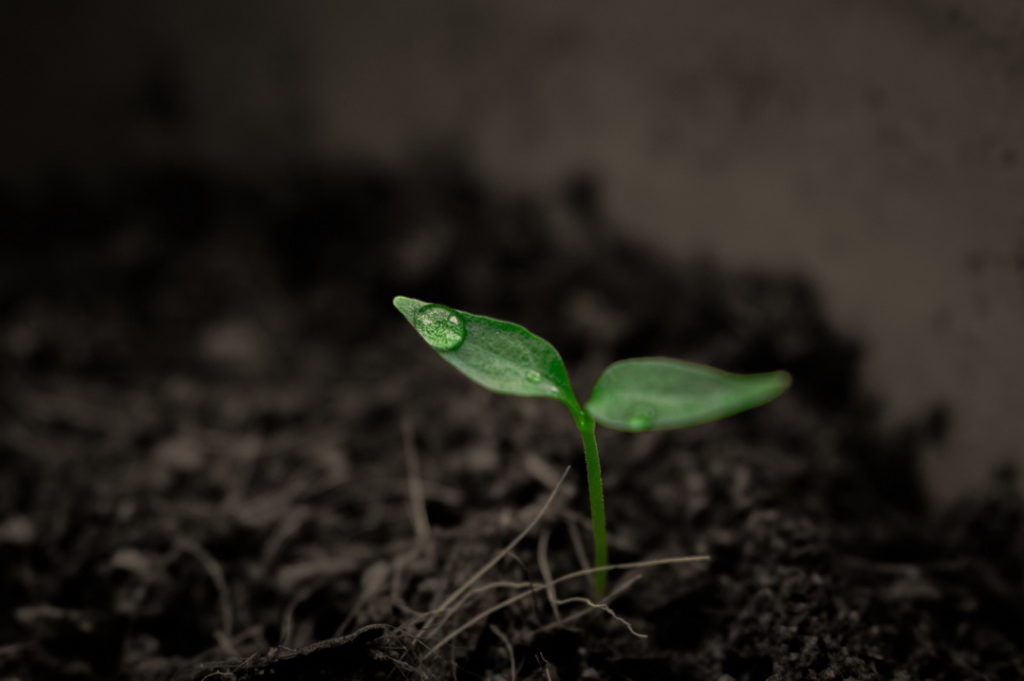Soil, leaf tissue and irrigation water analysis for proper nutrition and fertilization of crops

Crop yields, as well as qualitative characteristics of some plants (i.e. ornamentals) such as attractiveness, appearance, or flower quality are influenced, besides other factors, by rational nutrition. The proper nutrition of plants has a direct relationship with their health. A well-run organism (plant or animal) responds to stress situations (from climate, diseases, insects or other enemies) better than a weakened and poorly-nourished organism.
Nourishment of plants is accomplished through soil with the help of soil water and other manual or mechanical practices such as soil cultivation for root oxygenation, etc. Mineral nutrients which are essential for plant development and growth are structural components of soil. There are soil types such as clay or organic ones which are in general rich in nutrients and therefore fertile, however soil nutrients are depleted when crop yields are large. This shortage of nutrients can be faced with continuous supply of fertilizers which are natural materials (i.e. manure in organic farming) or chemically manufactured ones (i.e. common chemical fertilizers in conventional farming).
The question that arises many times is: does my soil have all the nutrients that my crop needs? Or more generally, is my soil so fertile* that my crop will develop and grow properly without any problems?
Answers to these questions are provided by soil analysis. A prerequisite for precise and meaningful soil analysis is the collection of a representative and homogeneous sample of soil from our farm (instructions will follow in a future article: Soil sampling technique). A complete soil analysis must be done before the installation of permanent crops such as fruit trees, olives, grapevines, asparagus, clover, etc., by examining 3 different soil zones/depths. Also, an appropriate soil analysis must be done before the installation of annual crops (about 1 – 1.5 months before sowing or planting).
Apart from soil analysis there is another tool/method which helps us to answer to the question above. This tool is leaf tissue analysis with the help of which we can diagnose a nutrition problem during the development and progression of a crop as it requires presence of leaves. It’s kind of an X-ray of the plant’s nutrient condition.
Leaf tissue analysis is appropriate especially in established permanent crops (fruit trees, olives, grapevines, etc.) in combination with soil analysis. In fact, the leaf tissue analysis is a better approach for nutrition problems because it does not show the quantity of nutrients in soil but what types and quantities of nutrients plants get from the soil. It is also suitable for dynamic and highly productive annual crops such as tomato, cucumber etc. during their development stage.
As mentioned above, soil nutrients feed plants with the help of water which is supplied naturally or artificially to the soil. Therefore, the quality of irrigation water (from superficial or deeper agricultural boreholes) is vital for the health of the soil/plant system and quite frequently it creates additional problems.
High salinity of irrigation water, or presence of sodium, chlorine or boron may create pathogenicity (salination or alkalization) in the soil or toxicity (i.e. from chlorine or boron) in plants. Poor growth of plants, or symptoms of fruit or blossom drop, peripheral burning of leaves, etc. can be caused by poor water quality.
Consequently, with the help of soil, leaf tissue and irrigation water analyses the benefits for our crops can be multiple:
- Selection of the appropriate crop for our soil
- Appropriate and balanced fertilization – nutrition of plants
- Avoidance of unnecessary costs
- Immediate correction of nutrition problems with the help of leaf tissue analysis
- Early diagnosis and correction of problems with irrigation water
* The term fertile apart from the adequacy of soil nutrients also refers to the physical condition of soil, that is to parameters such as soil texture and structure, pH (acidic – alkaline reaction), salinity, CaCO3 content, organic matter content, pathogenicity level, etc.
Author: Dimitris Megas (Laboratory of soil, leaf and water analysis)
